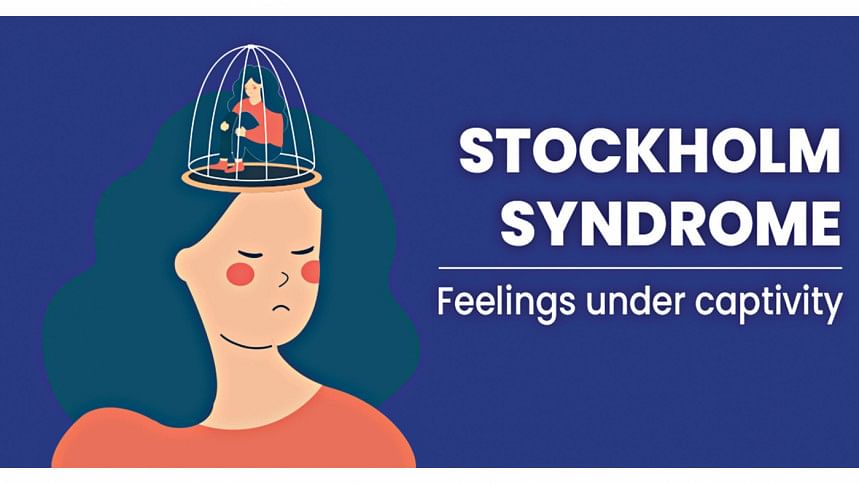The Stockholm syndrome

The origin of the term Stockholm syndrome arose in the aftermath of a robbery that took place in Stockholm in 1973. This incident caused a remarkable development that continues today. After the release of the four hostages, they were not willing to press charges against the abductors. After psychological research, the psychiatrist, Nils Bejerot concluded that these people were suffering from something called the Stockholm syndrome.
This syndrome is a psychological response related to a coping mechanism for an abusive situation. It occurs when hostages or abuse victims' bond with their abusers. People develop positive feelings towards their captors over time. This condition applies to situations including child abuse, tutor-student abuse, and sex trafficking. There could also be relationship abuse between husband and wife, especially in poor socio-economic and disturbed families.
Signs of Stockholm syndrome may include confusion, depression, post-traumatic stress, phobias, nightmares, and insomnia. This behaviour could be deeply rooted in the victim's fear of their abuser. Due to the extended time, the criminals may use tactics like 'acts of kindness' to manipulate their hostages. Captives might have confusing feelings towards the abuser.
But despite this becoming a well-known syndrome, it is not considered a mental disorder in the Diagnostic and Statistical Manual of Mental Disorders (DSM-5). Although by now there are many famous cases that have been regarded as Stockholm syndrome events, the condition rarely comes up seriously in neuroscience circles, as it is supposed to result from a rather specific set of circumstances, namely the power imbalances delimited in hostage-taking and abusive relationships.
Whatever the exact science behind it may be, there is still more to learn about Stockholm syndrome.
E-mail: [email protected]

 For all latest news, follow The Daily Star's Google News channel.
For all latest news, follow The Daily Star's Google News channel. 



Comments